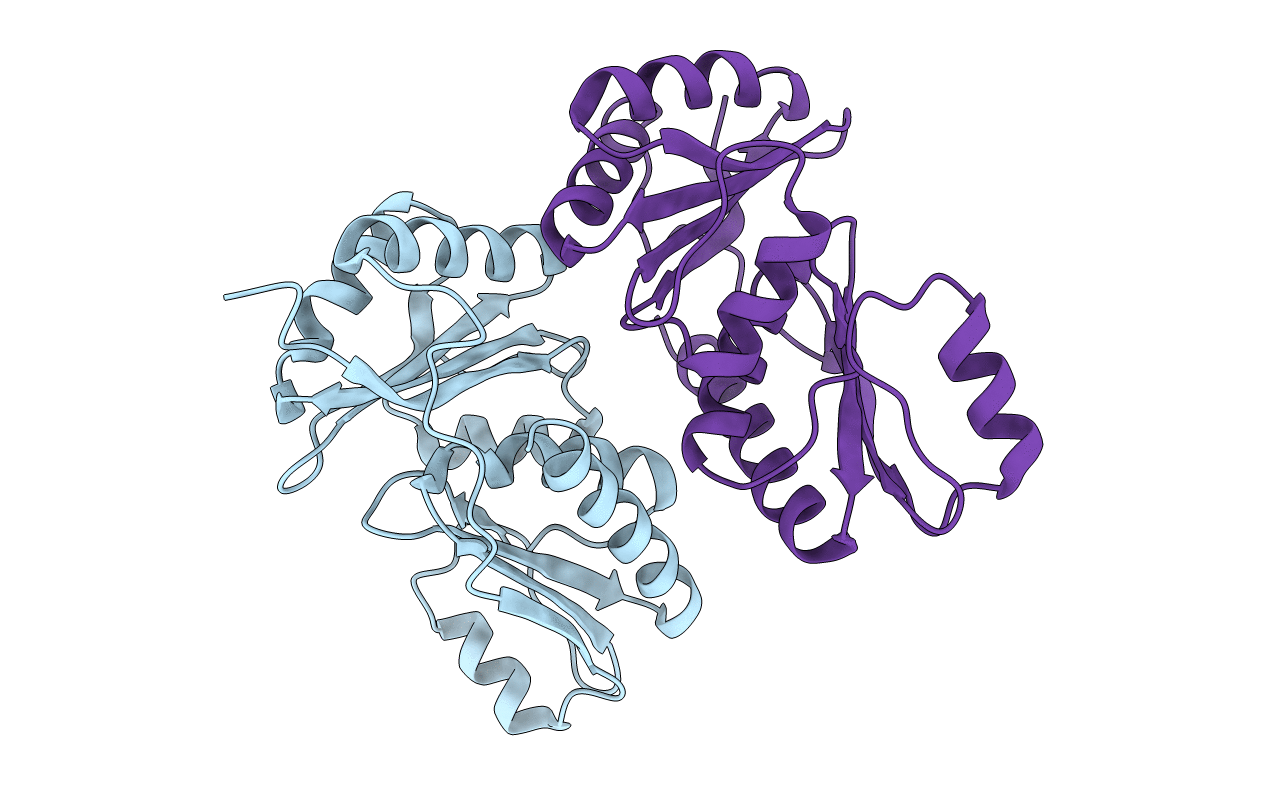
Deposition Date
2008-11-21
Release Date
2009-06-16
Last Version Date
2023-12-27
Entry Detail
PDB ID:
3FCH
Keywords:
Title:
The structure of a previously undetected carboxysome shell protein: CsoS1D from Prochlorococcus marinus MED4
Biological Source:
Source Organism:
Host Organism:
Method Details:
Experimental Method:
Resolution:
2.20 Å
R-Value Free:
0.25
R-Value Work:
0.20
R-Value Observed:
0.20
Space Group:
H 3


